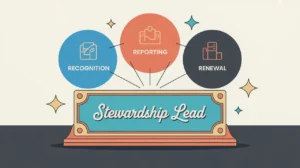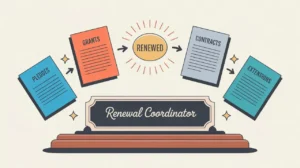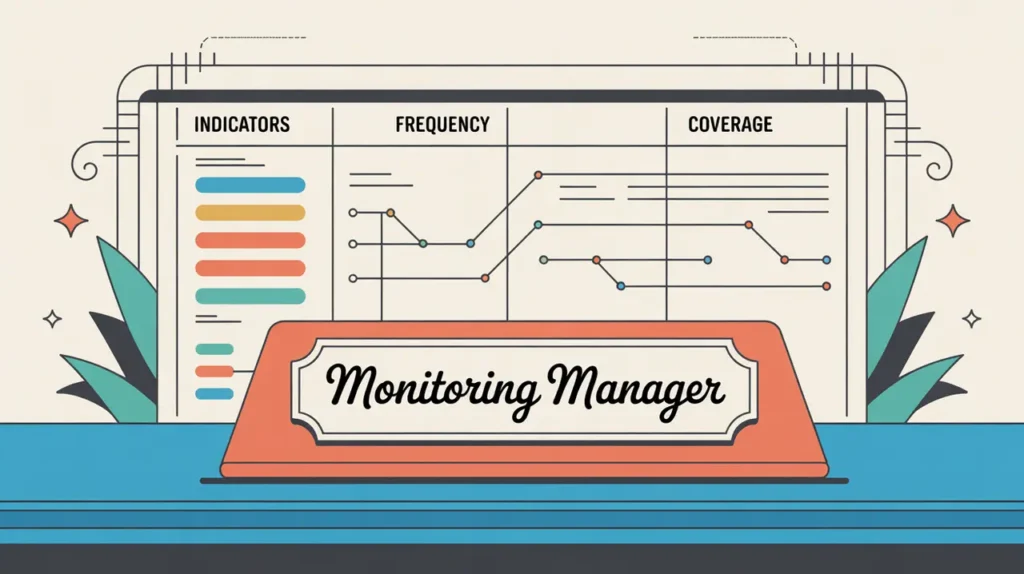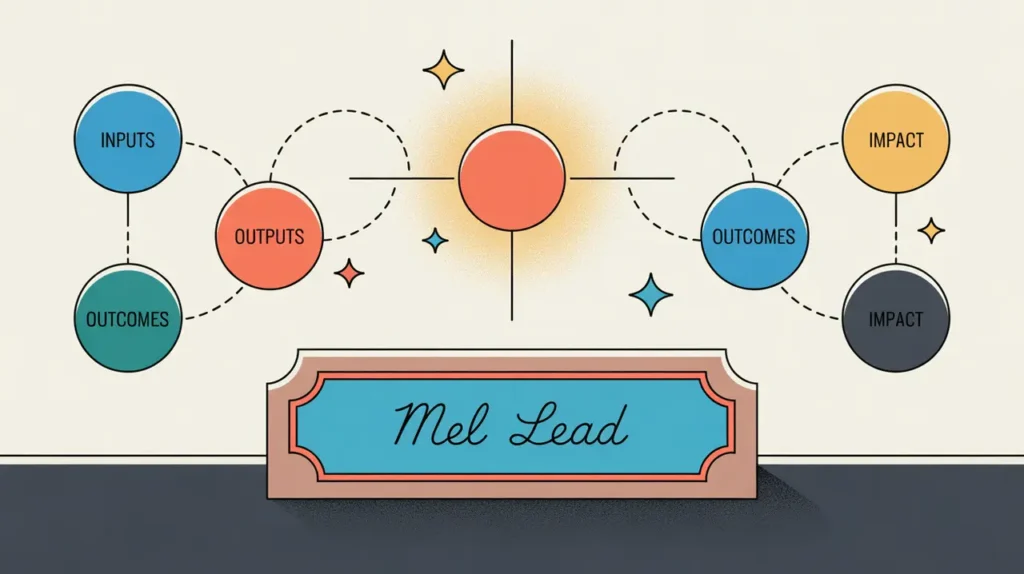What Does the Community Liaison Role Involve?
A community liaison serves as the primary bridge between an organization and the communities it works with or serves. This involves building relationships, facilitating dialogue, gathering feedback, and ensuring that community perspectives are reflected in organizational programs and strategies. The community liaison helps translate organizational goals into locally relevant action while bringing community insights back to inform decision making. The role sits within program, communications, or external relations functions depending on the organization. In both nonprofits and social enterprises, community liaisons play a critical role in fostering trust, collaboration, and mutual understanding between organizations and the communities they engage.
At What Level does this Role Operate?
Mid Level: This role typically reports to program, communications, or partnership managers and involves significant on-the-ground engagement. Community liaisons are expected to work independently in community contexts while coordinating closely with internal teams to ensure alignment between community priorities and organizational activities.
Relative Employability: Community liaison roles are in steady demand across nonprofits, social enterprises, humanitarian organizations, and public agencies. Organizations value individuals who can build authentic relationships, navigate cultural contexts, and facilitate two-way communication between communities and institutions.
Relative Pay Scale: Within nonprofits and social enterprises, community liaison roles generally sit in the mid pay bands. Compensation reflects their specialized role in stakeholder engagement and program interface.
What are the Key Responsibilities and Activities?
- Build and maintain strong relationships with community leaders, organizations, and stakeholders
- Act as a primary point of contact between the organization and the community
- Facilitate meetings, consultations, and dialogues to gather feedback and share information
- Communicate organizational initiatives in ways that are accessible and relevant to community contexts
- Identify emerging community needs and opportunities to inform program design and strategy
- Support the implementation of programs by helping adapt activities to local realities
- Collaborate with internal teams to ensure community perspectives inform organizational decision making
- Represent the organization at community events, forums, and stakeholder gatherings
What Core Competencies and Qualifications are Needed?
Required Qualifications and Experience
The following reflect common qualifications and experience expected for this role, while recognizing that pathways may vary by context, organization, and region.
- Relevant academic background in community development, social work, communications, public administration, or a related field, or equivalent experience through community-based work
- Demonstrated experience working with or within communities, ideally in roles involving engagement, outreach, or facilitation
- Strong understanding of local contexts, cultural dynamics, and community networks
- Proven ability to communicate effectively with diverse audiences and stakeholders
- Organizational and coordination skills to manage multiple relationships and activities
Key Competencies
- Strong interpersonal and relationship-building skills
- Cultural fluency and sensitivity
- Facilitation and communication abilities
- Adaptability and responsiveness to community dynamics
- Collaborative mindset and cross-functional coordination skills
- Commitment to trust-building and mutual accountability
How are AI and Automation Shaping this Role?
An AI-native community liaison will look to AI and automation to strengthen communication, feedback collection, and relationship management. They can use AI tools to analyze community feedback, track engagement trends, and identify emerging needs from large volumes of qualitative data. Automation can support scheduling, contact management, and information dissemination, allowing the liaison to focus more on building relationships and facilitating meaningful dialogue. By integrating AI thoughtfully, community liaisons can increase their capacity to engage communities more effectively and bring sharper insights back into organizational planning.
What Career Pathways and Transferable Skills are Associated with this Role?
Community liaison roles provide strong foundations for advancement into program management, partnerships, communications, or policy positions. The skills developed in community engagement, cultural navigation, facilitation, and relationship management are transferable across nonprofits, social enterprises, public agencies, philanthropic institutions, and international development organizations. Individuals in this role often go on to lead initiatives that require strong community interface and strategic collaboration.







